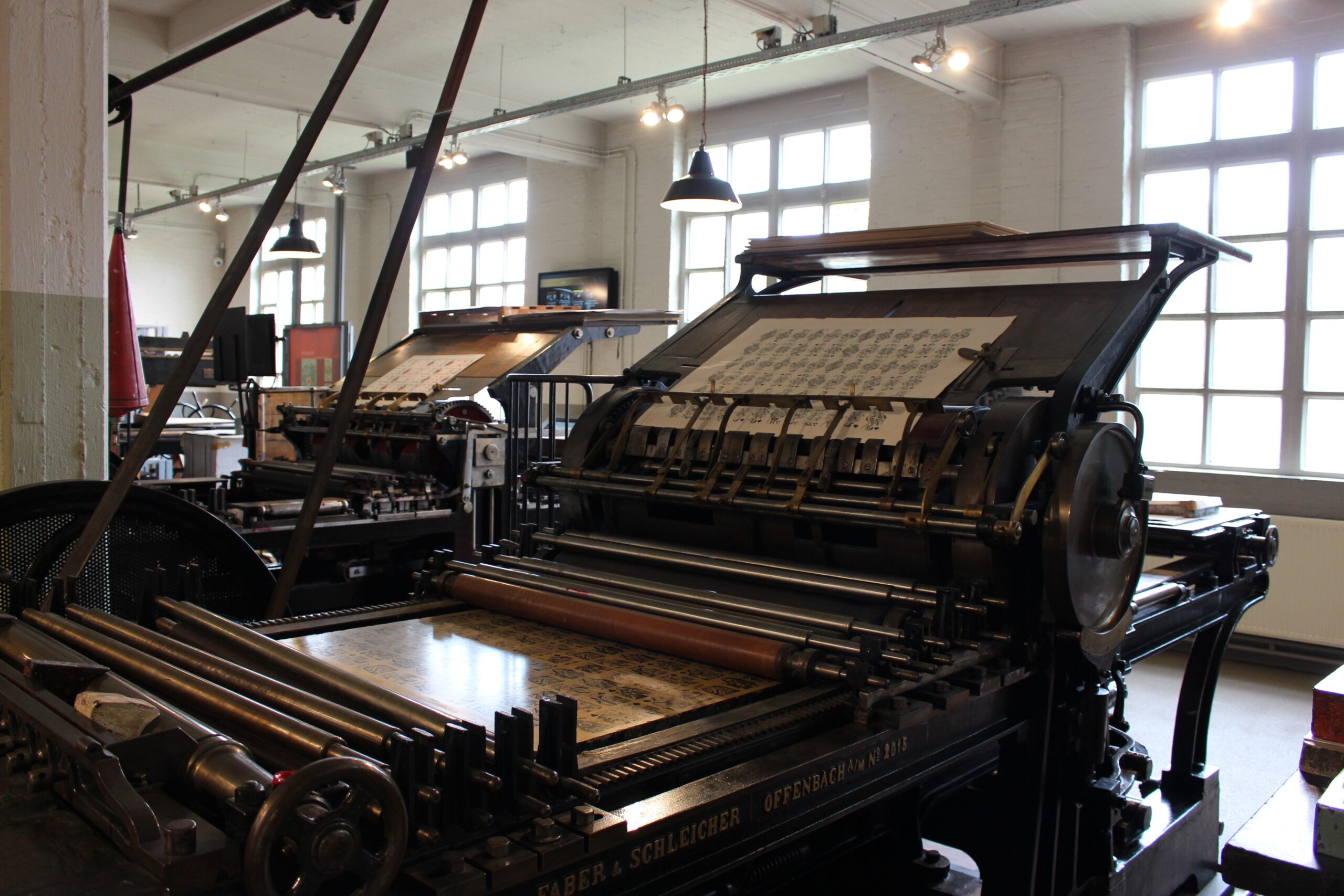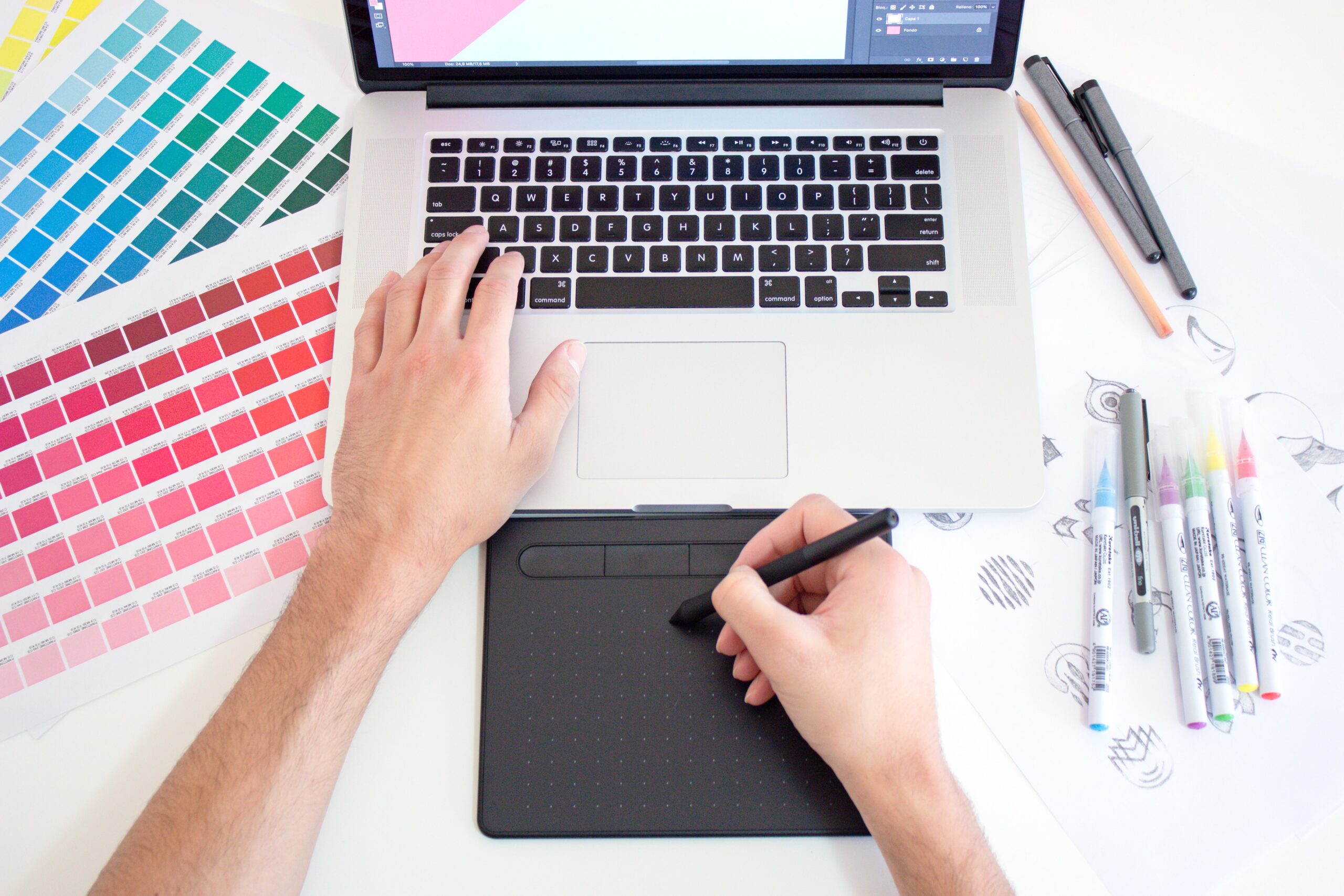Designing and Packaging a Print Job for Printing Companies Like Econoprint
Print has been an essential aspect of advertising and marketing for centuries, and with technology advancing at an unprecedented pace, it has never been easier to produce high-quality prints. However, before you send your print job to a printing company, there are several key steps you need to follow to ensure that your project comes out looking exactly as you envision it. In this article, we will go over the steps involved in designing and packaging a print job to send to a printing company.
Step 1: Choose Your Printing Method
The first step in designing a print job is to choose the printing method that best suits your project. There are several printing methods available, each with its pros and cons. Some of the most common printing methods include offset printing, digital printing, screen printing, and letterpress printing.
- Offset printing is a traditional printing method that is still widely used today. It is ideal for large print runs, as it is both cost-effective and efficient.
- Digital printing is a more modern printing method that is great for small print runs and allows for more customization. It is also quicker than offset printing and is more environmentally friendly.
- Screen printing is ideal for printing on fabric or other materials that cannot be printed on with a traditional printing press. It is also great for printing large, bold images.
- Letterpress printing is an older printing method that involves pressing ink into paper directly using a metal plate. It is great for printing elegant, ornate designs and is often used for wedding invitations and other formal printing projects.


Step 2: Design Your Print Job
Once you have chosen your printing method, it is time to design your print job. This can be done using a variety of design software, including Adobe Illustrator, Adobe InDesign, Adobe Photoshop, or the Affinity Suite by Serif.
When designing your print job, be sure to keep in mind the final size and format of your project. This includes things like bleed, which is a print term for having an image run over the page’s edge. If you want an image to go all the way to the edge with no white space, you need to have 1/8th inch bleed. So, designing a Letter sized print (8.5″ x 11″) with 0.125″ bleed would turn the final size into 8.75″ x 11.25″. This will help ensure that your design looks its best when printed. You should also consider the resolution of your images and graphics, as low-resolution images will look blurry when printed.
It is also important to choose the right colors for your design. Keep in mind that the colors you see on your computer screen (RGB) may look different when printed (CMYK), so it is always a good idea to do a test print before sending your final design to the printing company.
Of course, you could always save yourself the trouble and work with one of our highly skilled Graphic Designers!
Step 3: Package Your Print Job
Once you have designed your print job, it is time to package it for printing. This involves gathering all of the files associated with your project and putting them in a format that can be easily transferred to the printing company.
The most common format for transferring print jobs is a high-resolution PDF. This can be created using Adobe Acrobat or a similar program. When creating your PDF, be sure to include all of the images and fonts that you have used in a .zip file with the finished print file. If you are printing a booklet, you also have the option to send us each page separately – we can impose them for you!
Step 4: Proof Your Print Job
Before sending your print job to the printing company, it is essential to proof it to ensure that everything is correct. This means checking for typos, grammatical errors, and other mistakes that may have been made during the design process.
If you have any concerns or questions about your print job, it is important to bring them to the attention of the printing company before they begin printing. This will help ensure that everything is correct and that you are happy with the final product.
Once you’ve got all of your files together and you have gone through initial proofing steps, send them to the print company of your choice along with information about final size, print method, etc. so that they can in turn print the best possible product. If you choose to go with us, feel free to stop by our online quote request, where we have a form to fill out all of this information.
Step 5: Printing and Shipping
Once your print job has been proofed and approved, the printing company will begin printing. This process can take anywhere from a few hours to a few days, depending on the size of your print job and the printing method you have chosen.
Once the printing is complete, the printing company will package and ship your print job to you (or you can stop on by if you’re local). Be sure to inspect your print job as soon as you receive it to ensure that everything is correct and that the print quality is up to your standards. If there are any issues, it is important to bring them to the attention of the printing company as soon as possible.
Step 6: Maintenance and Storage
After you have received your print job, it is important to take care of it to ensure that it lasts as long as possible. This means storing it in a cool, dry place and avoiding exposing it to direct sunlight or other sources of heat and moisture.
If you are storing your print job for an extended period of time, it is a good idea to place it in a protective sleeve or other type of storage container to protect it from damage. You may also want to consider laminating your print job to help protect it from moisture and other environmental factors.
Conclusion
Designing and packaging a print job for a printing company can seem overwhelming at first, but by following these six steps, you can ensure that your print job comes out looking exactly as you envision it. Whether you are printing flyers, business cards, or other marketing materials, it is important to take the time to design and package your print job correctly to ensure that it is a success.
Remember to choose the right printing method, design your print job carefully, package it properly, proof it thoroughly, and take care of it after it has been printed. By doing these things, you can ensure that your print job is a success and that it meets all of your marketing and advertising needs.
If you have any questions, we’re here to help! Contact the Econoprint of Lexington team to get all of your print and print marketing questions answered!

Our Office
407 S Broadway
Lexington KY 40508
United States, USA
Contact Us
(859) 253-2003
info@econoprintlex.com
Office Hours
Mon-Fri: 9am – 4:30pm
Sat-Sun: Closed